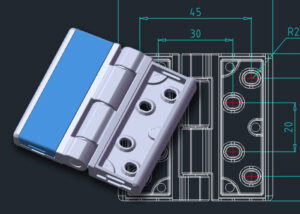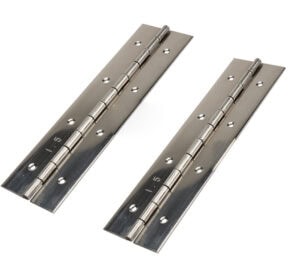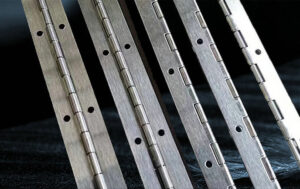If the hinge is out of whack, your self-closing door butt hinge can make the door slam shut or not close all the way. This can be a big safety issue. It can also tear up your door, the frame, or cause a security problem.
To adjust them, you take the pin out, rotate it to increase or decrease tension, and put it back in. Then, test the door to see how it closes. If it’s not right, take the pin back out, and adjust it again.
It can make all the difference in the world to get these adjusted correctly.
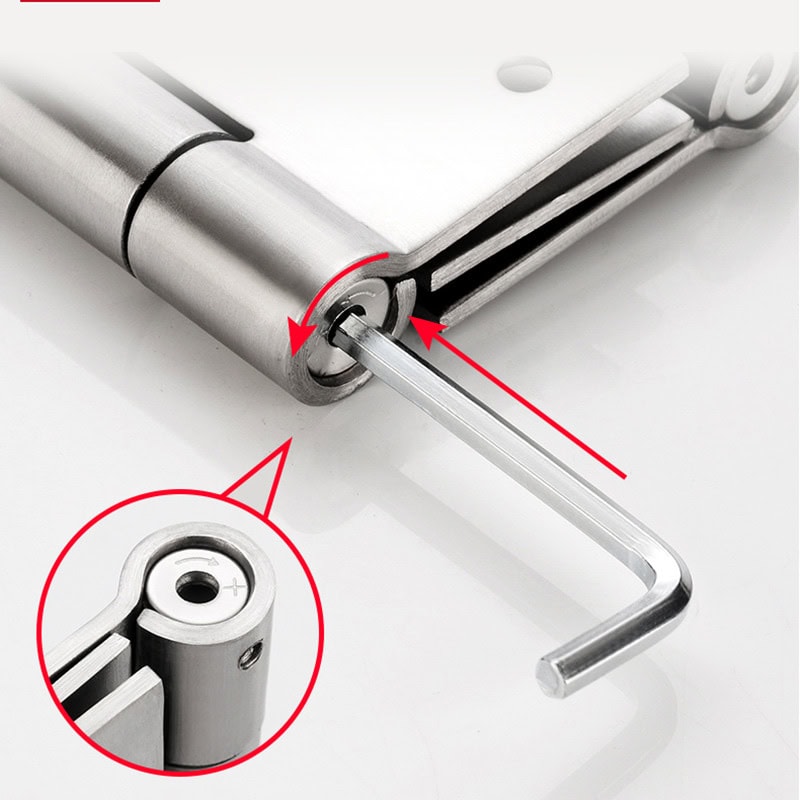
What is a Self-Closing Door Hinge?
Self-closing door hinges are installed to make a door close by itself after it’s been opened. These hinges have some sort of built-in tension system (a spring or hydraulic) to make the door close. These are often used on heavy-duty doors, gates, or fire doors.
You need to understand how they work before trying to adjust them. By adjusting the tension in the hinge, you can control how fast or slow the door closes.
Tools You Will Need to Adjust Self-Closing Hinges
Before you begin adjusting self-closing hinges, gather the following tools:
- Hex wrench or tension pin tool
- Flathead screwdriver
- Optional: Pliers for worn or stuck hinge pins
These tools will help you access the hinge mechanism and make the necessary adjustments. Ensuring you have the right tools will save time and prevent damage to the hinge or door.
Step-by-Step Guide to Adjusting a Self-Closing Door Hinge
Step 1: Identify the Type of Hinge
Determine whether your hinge is spring-loaded, hydraulic, or soft-close. Spring-loaded hinges rely on a tension spring to pull the door closed, while hydraulic hinges use fluid mechanics for a smoother action.
Step 2: Access the Tension Mechanism
Once you’ve identified the hinge type, locate the tension mechanism. For spring-loaded hinges, this is usually a pin or a screw on the hinge. For hydraulic hinges, look for adjustment screws on the hinge body.
Step 3: Adjust the Tension
Using a hex wrench or screwdriver, turn the tension pin clockwise to increase the closing speed or counterclockwise to decrease it. Some hinges will have a tension notch, allowing you to make small adjustments until the desired speed is achieved.
Step 4: Test the Door
After adjusting the tension, open and close the door to test its function. Repeat the process until the door closes smoothly without slamming or remaining ajar.
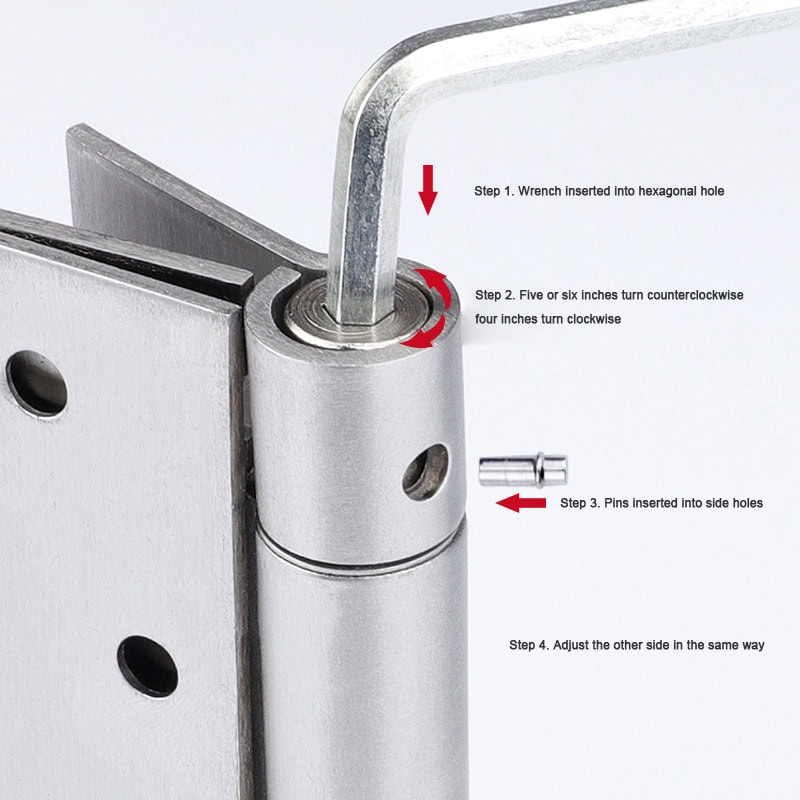
How to Stop Self-Closing Doors from Slamming
Slamming doors are a common issue with self-closing hinges, often caused by excessive tension. To fix this problem, reduce the tension by turning the adjustment pin or screw counterclockwise. If the door continues to slam, you may need to add a soft-close attachment to further dampen the door’s movement.
These adjustments will not only prevent damage to the door but also reduce noise, making the environment more comfortable and secure.
What to Do If Your Self-Closing Hinge is Not Closing All the Way
If the door doesn’t fully close, it’s usually due to insufficient tension in the hinge mechanism. Increase the tension by rotating the adjustment pin or screw clockwise. This will give the hinge more force to pull the door fully closed. Additionally, check for any obstructions in the doorframe, and ensure that the hinges are aligned properly.
These simple steps will resolve the issue, restoring the door’s proper function and security.
Common Problems and Quick Solutions for Self-Closing Hinges
Problem 1: Door Doesn’t Close Completely
If the door stops before fully closing, increase the hinge tension. In some cases, lubricating the hinge may also solve the problem by reducing friction.
Problem 2: Door Slams Shut
To prevent slamming, reduce the tension or install a soft-close hinge. This will slow down the closing motion, protecting both the door and frame from damage.
Regular maintenance, such as adjusting tension and lubricating the hinges, will prevent these common problems from recurring.
Replacing a Self-Closing Door Hinge
If adjusting the tension does not solve the problem or if the hinge is worn out, replacement may be necessary. Here’s how to replace a self-closing door hinge:
Step 1: Remove the Old Hinge
Unscrew the existing hinge from both the door and the frame. Be careful to support the door during this process to avoid damaging it.
Step 2: Install the New Hinge
Position the new hinge on the door and frame, then screw it in place. Make sure to align it properly to ensure smooth operation. Heavy-duty self-closing hinges are ideal replacements for high-traffic areas, offering better durability and performance.
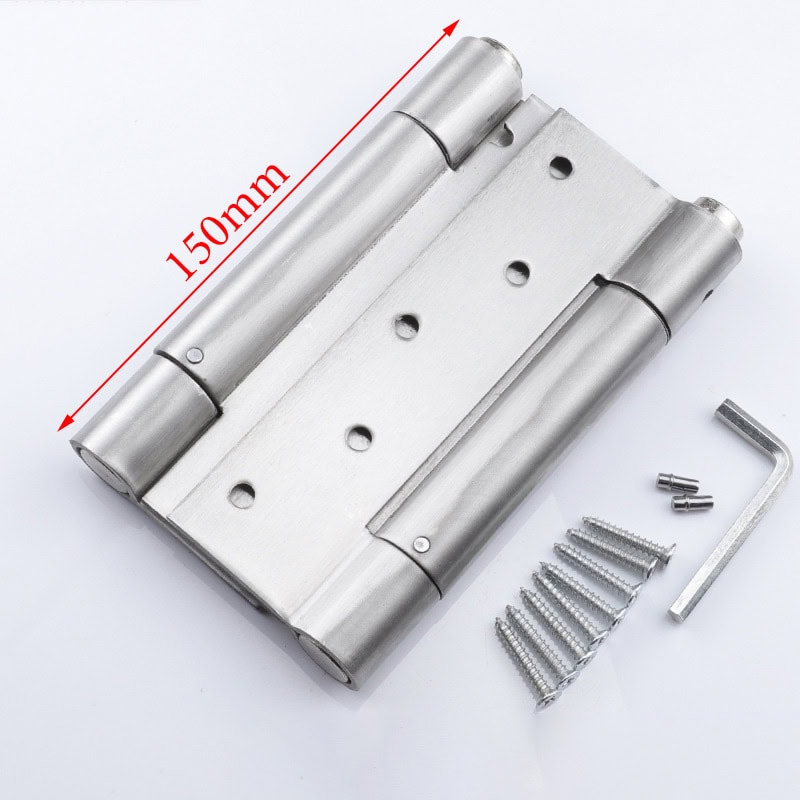
How to Adjust Soft-Close Hinges and Auto Door Closers
Soft-close hinges operate similarly to self-closing hinges but include a damping mechanism to slow the door’s final movement. To adjust them, locate the adjustment screw near the hinge’s hydraulic cylinder and turn it to change the damping force.
For auto door closers, adjustments are typically made by turning screws that control the closing speed and latch speed. These screws are usually located on the closer body, and small adjustments can fine-tune the door’s performance.
Preventative Maintenance Tips for Self-Closing Hinges
To extend the life of self-closing door hinges and prevent future issues, follow these maintenance tips:
- Lubricate the hinge mechanism every 6 months to ensure smooth operation.
- Check for loose screws or misaligned hinges, and tighten or adjust as necessary.
- Periodically test and adjust the tension to accommodate changes in door weight or usage.
Regular maintenance will keep your doors functioning properly, reduce wear and tear, and minimize the need for repairs or replacements.
Conclusion
Adjusting self-closing hinges is simple with the right tools and steps, improving door safety and performance.

